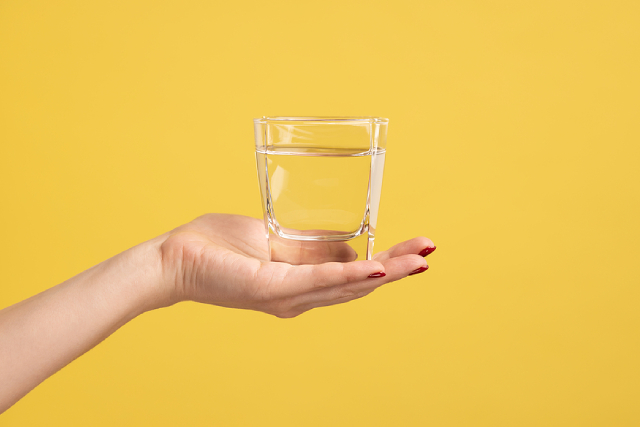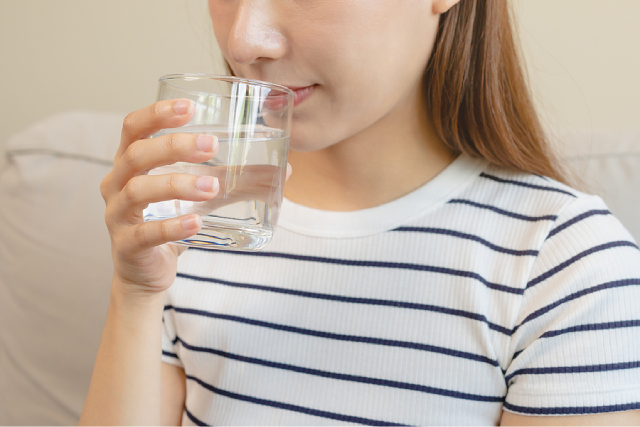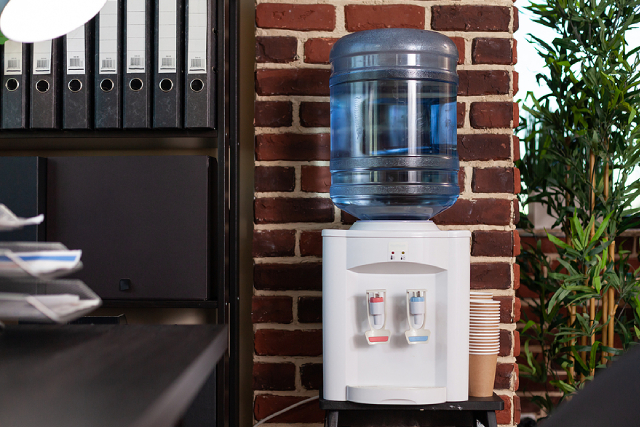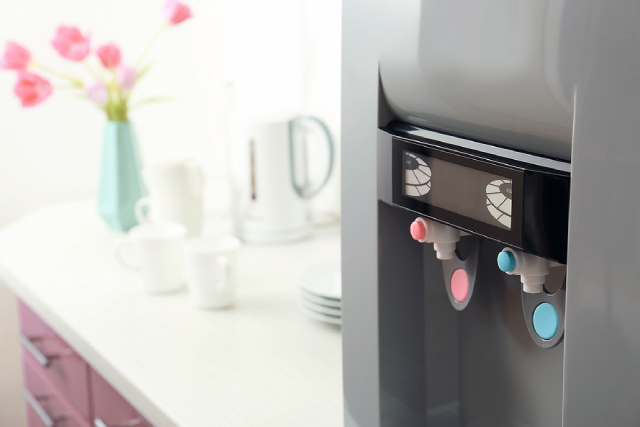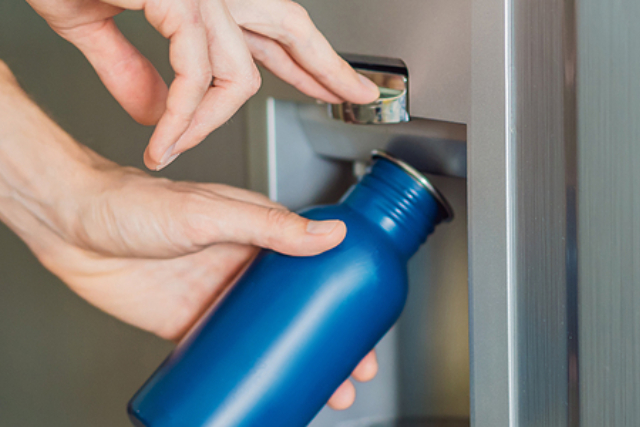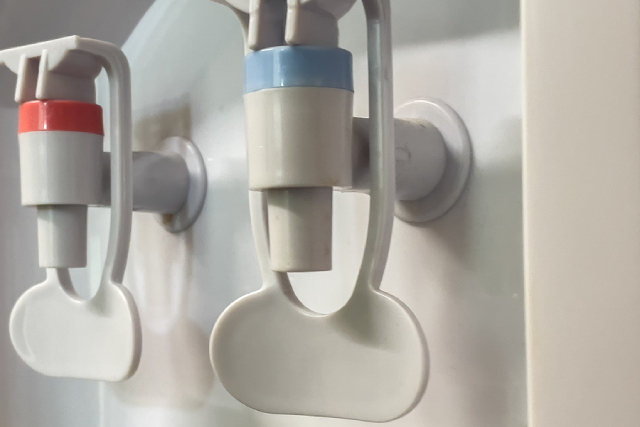
5 Harmful Bacteria That Could Be Lurking In Unpurified Water
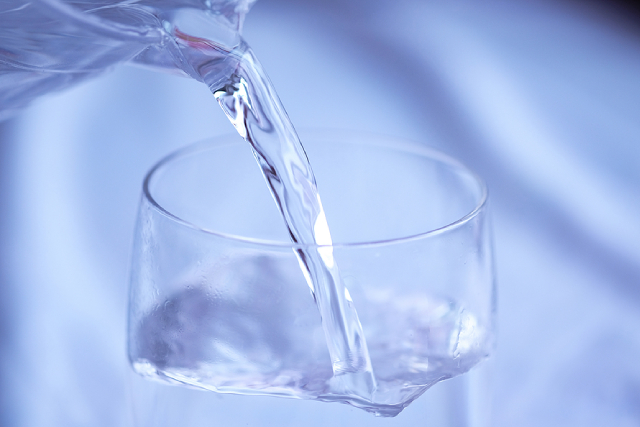
All living things depend on water, which is also an essential part of our everyday existence. But not all water sources are suitable for consumption. Unclean and impure water may contain a variety of dangerous bacteria that can result in serious diseases.
In this article, we will talk about 5 harmful bacteria that might be lurking in unpurified water and their impact on your health.
1. Escherichia coli (E. coli)
Escherichia coli is a species of bacterium that may be found in the intestines of both humans and animals. While the majority of E. coli strains are harmless, some of them can have negative health effects.
Water sources frequently become contaminated with matter that carries E. coli, especially in places with inadequate sanitation. Severe gastrointestinal disorders, including diarrhoea, vomiting, and abdominal pains, can result from ingesting water contaminated with pathogenic E. coli strains. In some cases, consuming unpurified water that has been contaminated with E. coli may potentially lead to problems that are fatal.
Salmonella is another notorious bacterium that may be found in untreated and unpurified water. Although salmonella is typically linked to food-borne diseases, water contamination can also happen.
Symptoms of salmonella infection include diarrhoea, fever, and stomach discomfort. In severe situations, the infection may enter the bloodstream and cause problems that might be lethal. Infants, young children, and those with compromised immune systems are more susceptible to illnesses caused by salmonella.
3. Legionella pneumophila
Legionnaires’ disease, a serious form of pneumonia, is brought on by the bacteria Legionella pneumophila. While Legionella is mostly connected to polluted water sources and air conditioning systems in big buildings, it can also be found in unpurified water sources. Respiratory illnesses can result from ingesting Legionella-contaminated water droplets.
4. Vibrio cholerae
Vibrio cholerae is the bacterium responsible for causing cholera, a severe and potentially life-threatening illness. The main ways that cholera is spread are through contaminated food and water. This bacteria spreads as a result of poor water treatment and inadequate sanitation. Dehydration and vomiting are common symptoms of cholera infections.
5. Campylobacter
A bacteria called campylobacter is frequently discovered in the intestines of animals, particularly poultry. Animal waste or direct touch with contaminated surfaces can contaminate water supplies.
One of the most common causes of bacterial gastroenteritis globally is campylobacteriosis, a condition brought on by the Campylobacter bacterium. Fever and cramping in the abdomen are the most common symptoms. Even while the majority of infections go away on their own, severe infections can leave patients with long-term health problems such as reactive arthritis and Guillain-Barré syndrome.
Conclusion
Waterborne bacterial infections pose a significant threat to human health, and it is crucial to be aware of the harmful bacteria that can lurk in unpurified water.
One of the best ways to protect yourself from these harmful bacteria lurking in unpurified water is to use water filters or purification systems. Investing in a water purifier for your home will help to remove contaminants from your water supply. For more information, check out our previous article on 5 FAQs about water purifiers.
If you are looking for a water purifier/dispenser for your home, have a browse through PureDew’s extensive collection of high-quality water dispensing appliances that may supply a steady supply of fresh and purified water.
For more information, do not hesitate to contact us at enquiry@puredew.com.sg.

